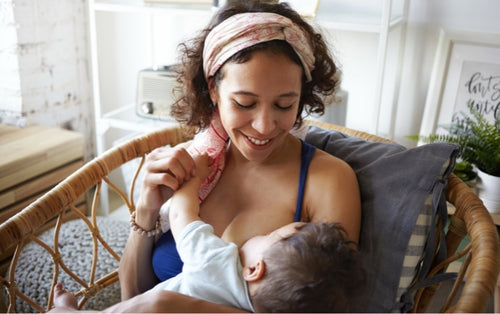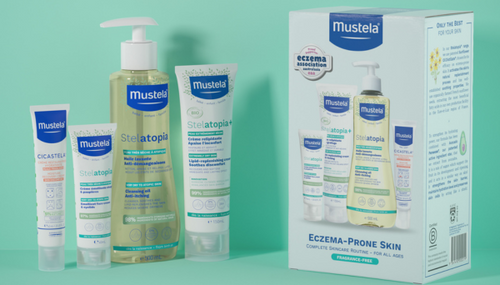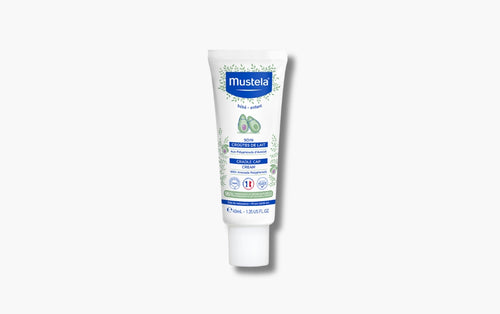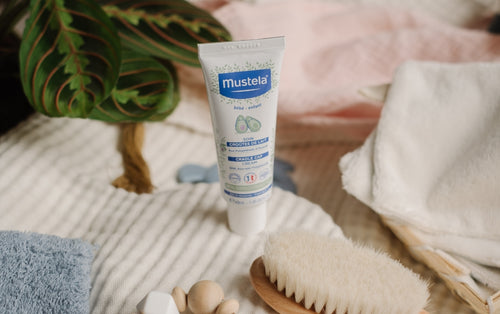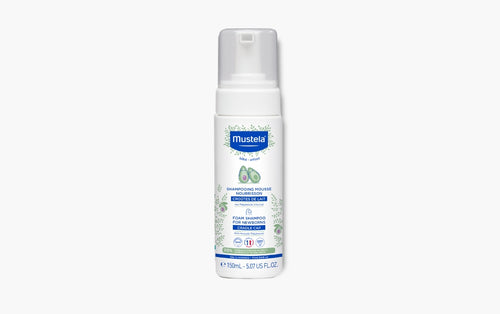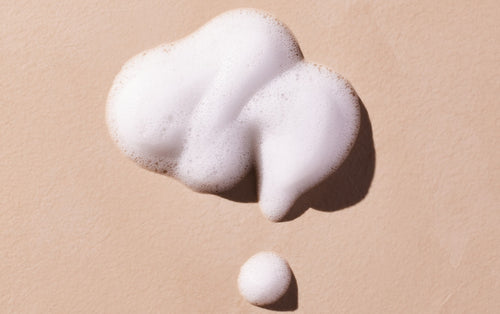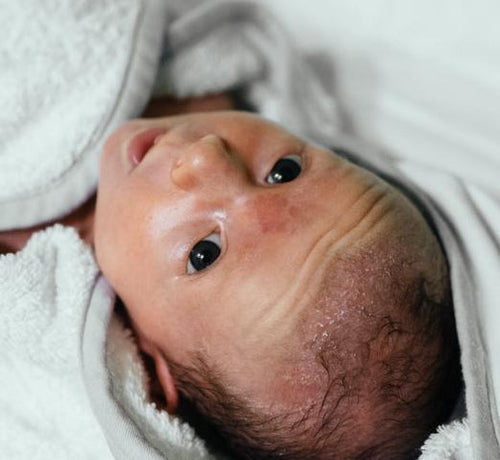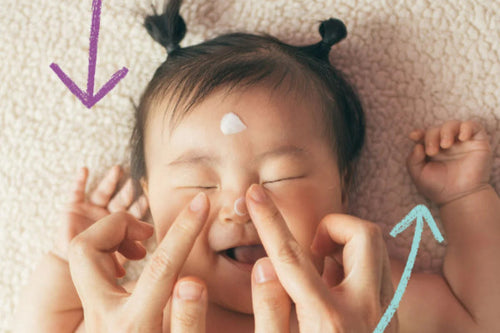Cradle cap is a common, harmless skin condition that affects many newborns. It appears as yellowish, scaly patches on the scalp, usually in the first few months of life. Although it can look concerning, cradle cap is typically painless and not itchy for the baby.
Baby & Child
DAILY CARE
SPECIAL CARE
Maternity
DISCOVER
SPECIAL CARE
Family
PRODUCT TYPE
Mustela Mag
Pregnancy
Care and development
Being a parent
About us
OUR EXPERTISE
OUR STAR INGREDIENTS
- B Corp Company

